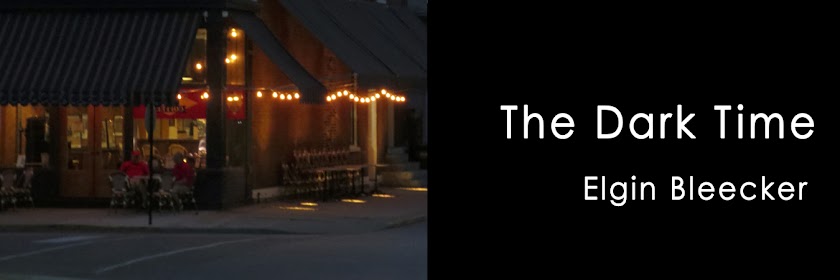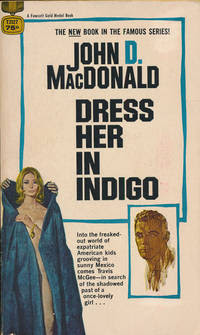Tuesday, January 25, 2022
Walking the Perfect Square by Reed Farrel Coleman
In his 2001 novel, Walking the Perfect Square, Reed Farrel Coleman introduced Moe Prager.
Prager, a former officer with the New York Police Department who was forced into retirement after a serious knee injury, now at loose ends. He is not sure what he will do next. His older brother, Aaron, wants him to be his partner and open a family-run wine shop in Manhattan. Prager would not mind being a silent partner in the store, but he cannot see himself in that business.
Then Rico, his partner when he was on the force, calls and says someone could use his help. Francis Maloney, an offensive middle-aged suburban bigot with powerful friends in New York politics and the police department, wants Prager to find his son, Patrick.
A college student, Patrick was last seen at a private party in a Manhattan bar. Witnesses said one minute he was there, the next he was gone. No one saw him go and no one knows where he might have gone. He did not return to his Long Island school, and he did not go home to his parents. Friends looked for him, the police looked for him, his family looked for him, and even though many were still trying to find him, no one had a clue.
After a meeting filled with insults, Prager is not interested in helping the father with anything. But Francis Maloney, through Rico, knows Prager and his brother want their own wine store. Maloney, with his connections, can make their state application sail through the bureaucratic process. Maloney also knows the story of when Prager was a cop he found a missing child and rescued her. Maloney wants Moe Prager’s skill and luck in finding his son.
Prager accepts the job and things get weird quickly.
Patrick, the missing student, was a strange young man, according to guys in his dorm. One of them witnessed, through a partially open door, Patrick walking backwards making a perfect square over and over again. A couple of girlfriends said Patrick was desperate and could be violent.
Moe Prager, who had wanted to be an NYPD detective, uses both his police skills and his personal charm and intelligence, to find people and get them to open up and tell him things they either hid from other investigators or just remembered after talking to him.
As Prager gets closer and closer to finding the missing student, he begins to suspect he is being used by someone or some group for reasons other than finding the kid. Some clues, contacts, and information were just too easy. The mystery of Patrick’s disappearance becomes almost secondary to the mystery of who was out to get who, with Moe Prager in the dangerous middle.
Reed Farrel Coleman is a terrific writer and one of my favorites among current crime novelists. Walking the Perfect Square has a unique structure, starting in 1998 – the recent past for a 2001 book – the story jumps back to 1978, where most of the sleuthing takes place. At times, the story shifts back to 1998 to tease the reader, then dives back into 1978 again. At the end of the initial mystery, Coleman jumps forward to 1998 to wrap up the many mysteries woven into this piece.
Coleman knows the territory and Moe Prager’s first person narration makes the city and the people come alive. There is also a good deal of self-deprecating humor, as when he muses about the stupid accident that caused his knee injury, he quips, “That’s me, Moe Prager, nobody’s hero.” When Moe has to go into a tough, dive bar, he checks that his gun is handy, feeling like Gary Cooper in “High Noon,” only to find, “When I walked in even the flies yawned.”
Most of the time, Coleman’s writing style has the hard feel of a Lawrence Block novel or a Robert B. Parker book.
For a review of Reed Farrel Coleman’s third Moe Prager mystery, The James Deans, click here.
Monday, January 10, 2022
Dress Her in Indigo by John D. MacDonald
More than 50 years after its publication, John D. MacDonald’s 1969 mystery, Dress Her in Indigo, provides a look back at the hippie era, a time that scared the crap out of parents of teenagers.
In this 11th book in the Travis McGee series, the daughter of a wealthy older man leaves college and goes to Mexico with a group of friends and dies in a car accident near Oaxaca.
The man asks McGee and his pal, Meyer, to leave South Florida and go there to find out what the girl was doing, what her life was like, and if she was happy.
(I don’t recall if McGee, the first person narrator, ever calls Meyer anything other than Meyer, or lets the reader know Meyer’s first name.)
McGee and Meyer hop a flight and get to work seeking out young Americans, asking about the girl, picking up her trail and learning about her “friends.”
Author MacDonald was about 52 or 53 when he wrote Dress Her in Indigo, so he, and his 40-ish protagonist, McGee, were the older generation observing the younger. While he tried to give the hippies the benefit of the doubt by painting some of them as lost and confused, or industrious artists doing their own thing, there was a distinct smell of disapproval coming off the pages.
Not that all bohemian types repelled McGee. At one point he hooks up with a slinky, rich European woman who lives for sex, and nearly kills him with her requirements in the sack. Meyer, too, finds some free love with a very young Mexican woman.
Soon, McGee uncovers disturbing facts about the dead girl’s car accident and starts digging into the case.
The mystery is less interesting than MacDonald’s portrait of the self appointed leader of the girl’s group, an intense, charismatic con man.
Was art imitating life here? Did MacDonald write the book after the Tate–LaBianca murders of August 1969. Or was MacDonald predicting this type of character emerging?
Labels:
Dress Her in Indigo,
John D. MacDonald,
Travis McGee
Subscribe to:
Posts (Atom)


